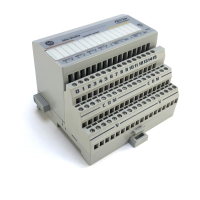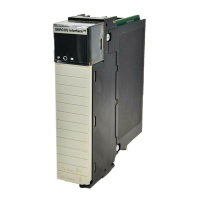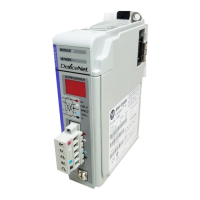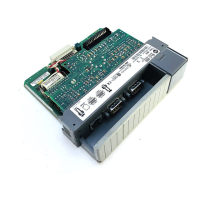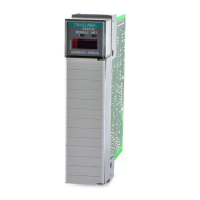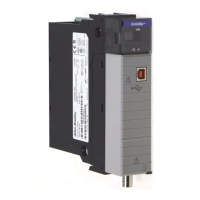Chapter 5
Programming Via Escape Sequences
5–25
Header Syntax
Esc – y <n> N <characters>
Values of n: 0 . . . 10
The default for the header is 0 (empty).
The <n> value in the escape sequence tells the decoder how many characters
after the N to load into the header buffer.
<characters> can be any valid ASCII character.
Note: This escape sequence cannot be concatenated.
Header Example
If you name a header Wand#3, <n> is equal to six because Wand#3 is 6
characters long. The escape sequence that should be transmitted to the
decoder is:
Esc – y 6 N Wand#3
Note: Spaces are added to the manual for clarity. Do not include spaces in
the actual escape sequence. If spaces are wanted in the header, make sure
that they are counted when <n> is determined.
The trailer contains characters that are transmitted after:
• The bar code data
• The no–read message
The number of characters can vary from zero to ten.
Refer to page 7–1 for the placement of the trailer.
Trailer Syntax
Esc – y <n> O <Characters>
Values of n: 0 . . . 10
The default trailer is CR LF which is shown on the Configuration Display
Screen as ^M ^J.
The <n> value in the escape sequence tells the decoder how many ASCII
characters after the O to load into the trailer buffer.
<characters> can be any valid ASCII characters.
Trailer
Esc – y <n> 0 <characters>

